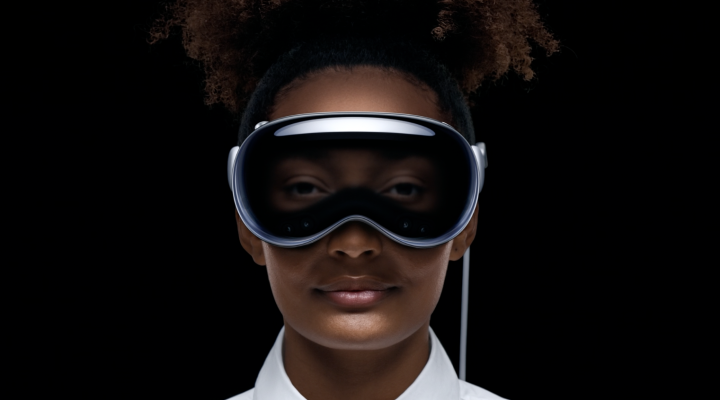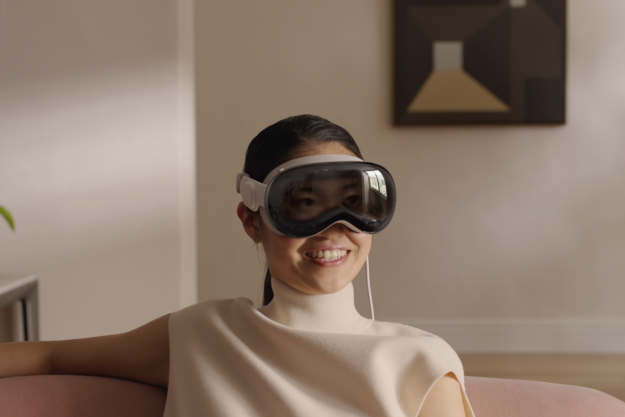Apple’s Vision Pro headset has got the entire tech world talking, but it’s still unclear exactly how it will work with the prescription lenses used by glasses wearers around the world. Get it right and it could be a beautifully seamless experience — get it wrong and Apple risks alienating potentially millions of users. It’s a crucial obstacle to overcome.
Apple has said it will let you add special prescription lenses to the Vision Pro, but pricing is uncertain, and they could cost as much as $600 a pop according to journalist Mark Gurman. Now, though, a fresh patent for Apple’s upcoming augmented reality (AR) glasses shows that there could be a much better — and cheaper — way to do it.

The patent explains how the lenses in future wearable devices — such as a pair of AR glasses — could be adjusted on the fly until they match your prescription. This could be done while you wear them, meaning there would be no need to switch out lenses or keep trying inserts that aren’t right for you.
One way this could be done is by letting you aim your vision at an object in the distance. You could then use a control device to adjust the strength of the lenses until the object comes into focus.
Interestingly, Apple’s patent says you could rotate the Digital Crown on an Apple Watch until your lenses achieve the proper focus. That sounds like a pretty intuitive way to make quick tweaks to the AR glasses.
Quick and free

Unfortunately, it sounds like this clever system won’t make it into the Vision Pro, as Apple has already explained that it has worked with lens maker Zeiss to provide a series of prescription lenses that can be swapped in or out of the headset. That’s a potentially cumbersome process, and with the lenses projected to cost anywhere between $300 and $600, the costs could quickly mount up.
The beauty of the idea described in Apple’s recent patent, however, is that it wouldn’t need any additional purchases. The lenses of the AR glasses would be adjustable by nature, so you’d just need a quick (and free) calibration process to get them set up correctly.
Apple’s AR glasses aren’t expected to launch for many years, with Apple analyst Ming-Chi Kuo predicting they could be released in 2026 or 2027 at the earliest. That gives Apple plenty of time to get the lens system right, which will be vital given the glasses will replace the glasses many people wear every day.
As this is just a patent, it may never come to fruition. Apple is known to explore all sorts of ideas in its patents that it never brings to market. Still, it’s interesting to see how the company is trying to solve the problem of prescription lenses in its products. If it goes well, Apple’s AR glasses could offer a much more streamlined experience than that found in some rival devices.
Editors' Recommendations
- Apple’s Vision Pro could get this incredible gaming upgrade
- Apple’s next Vision Pro may send you on a mood-altering trip
- There’s a bunch of bad news about Apple’s Vision Pro headset
- Your next Mac monitor could have this genius new feature
- This $40K Vision Pro mod adds 18K gold to Apple’s headset




